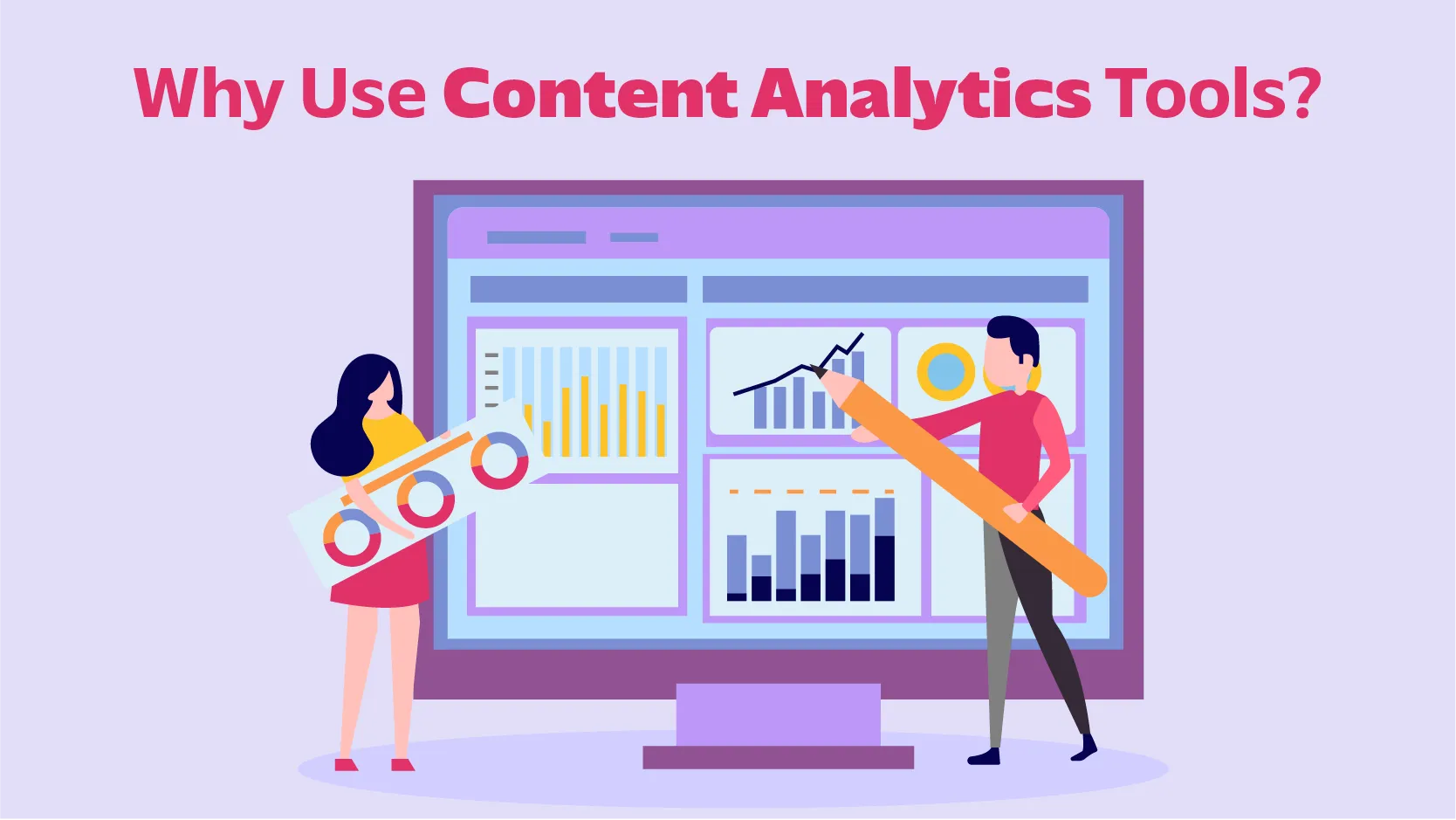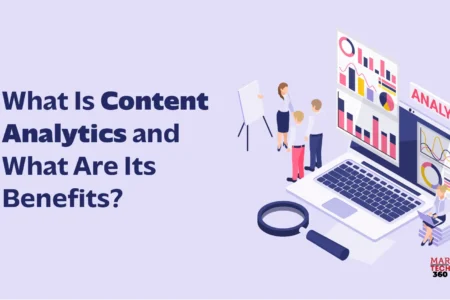In the digital age, understanding how audiences interact with content is crucial for any organization aiming to optimize its online presence. This is where content analytics comes into play. By delving deep into metrics such as page views, engagement times, and conversion rates, content analytics provides invaluable insights that help organizations tailor their content strategy. It uncovers what resonates with audiences, identifies high-performing content, and pinpoints areas for improvement. Let’s learn more about it.
What Is Content Analytics?
Content analytics, also referred to as content intelligence, involves the measurement and analysis of user interactions with digital content. This approach allows organizations to gain insights into the performance of their content and helps them optimize their content strategies effectively. Studies indicate that 86% of companies prioritize understanding their customer first.
This analytics practice encompasses various digital assets such as news articles, social media posts, podcasts, blog posts videos, text documents, and web pages. A content intelligence platform evaluates each published asset by tracking important metrics like pageviews, engagement duration, and unique visitors. By analyzing these data points, organizations can obtain a comprehensive understanding of how audiences engage with their content.
Why Use Content Analytics Tools?

Key examples of these tools include Google Analytics Semrush, HubSpot, and Qualtrics.
These tools utilize a diverse array of metrics to gauge user engagement with content insights, offering various perspectives on visitor interactions that collectively depict a comprehensive view of content effectiveness. Here are some common metrics tracked by these tools:
- Backlinks: Number of external links pointing to content on the monitored website.
- Bounce Rate: Percentage of visitors who view only one page before leaving the website.
- Comments: Quantity of comments associated with a post, article, or asset.
- Conversion Rate: Percentage of visitors who complete a specific action, such as downloading an ebook or signing up for a newsletter.
- Downloads: Number of times a specific asset was downloaded.
- Engagement Time: Duration that users actively interact with content.
- New Visitors: Number of users visiting the website for the first time or after a specified period.
- Organic Search: Visitors find an asset through search engine results.
- Pages per Session: Average number of pages viewed during a user session.
- Pageviews: Total number of times an asset was viewed.
Also Read: The Present and Future of AI Content Management Unveiled
What Are The Benefits Of Content Analytics?
- Optimization of Content Strategy: By analyzing metrics of content performance, organizations refine their content strategy. It guides decisions on what content to prioritize, expand upon, or refine, ensuring a data-driven approach to enhancing content effectiveness.
- Understanding User Behavior: It illuminates user behavior across websites and digital platforms. It provides data on pageviews, engagement times, and demographics, empowering organizations to tailor content to better meet user preferences and needs.
- Improved Content Personalization: Leveraging such content analytics data enables organizations to personalize content for individual users or specific audience segments. This customization enhances user experience, boosts engagement, and optimizes the impact of content marketing efforts.
- Identification of Trends and Opportunities: It helps spot trends and opportunities in content consumption. It uncovers patterns, preferences, and emerging topics, enabling organizations to proactively create relevant and timely content that resonates with their audience.
- Evaluation of Content ROI: Content intelligence measures the return on investment (ROI) of content initiatives. It assesses the impact of content on key business objectives such as lead generation, conversions, and brand awareness. This evaluation guides resource allocation and demonstrates the value of content marketing efforts effectively.
What’s the Difference Between Content Analytics And Web Analytics?
Content analytics and web analytics are interconnected yet distinct disciplines. Content intelligence focuses specifically on the analysis and enhancement of published content such as blogs and social media posts. Its primary goal is to understand how audiences interact with content, measuring metrics like pageviews and engagement times to optimize for better audience engagement and conversion rates.
In contrast, web analytics encompasses a broader scope by measuring, collecting, and analyzing data related to overall web usage. It provides insights into user behavior on a website, including metrics such as pageviews, bounce rates, and demographic information. Web analytics plays a crucial role in evaluating website performance and guiding data-driven decisions aimed at improving user experience and achieving business objectives.
Both content intelligence and web analytics are indispensable tools for enhancing online presence and engagement, each offering unique insights that contribute to a holistic approach to digital strategy optimization.
Can Content Analytics Enhance Social Media Strategies?
Content analytics can enhance social media strategies by providing insights into audience preferences, optimizing content performance, identifying influencers and advocates, measuring campaign effectiveness, and refining targeting and segmentation. By analyzing social media analytics, businesses can gain a deeper understanding of their audience, tailor content to their preferences, and optimize their overall social media strategy.
This includes identifying top-performing content, collaborating with influential users, measuring campaign success, and refining targeting based on demographic and behavioral data. With the help of content intelligence, businesses can create more engaging and effective social media content that drives audience engagement and achieves their social media goals.
Winding Up
Content analytics has a promising future as businesses recognize its potential to drive data-driven decision-making and optimize content strategies. As technology continues to advance, these analytics will become even more sophisticated, providing deeper insights into audience preferences, content performance, and emerging trends. This will enable businesses to create highly personalized and engaging content, measure the return on investment, and identify new opportunities for innovation. Leveraging the power of content will be instrumental in staying competitive and achieving success in the ever-evolving digital landscape of the future.

